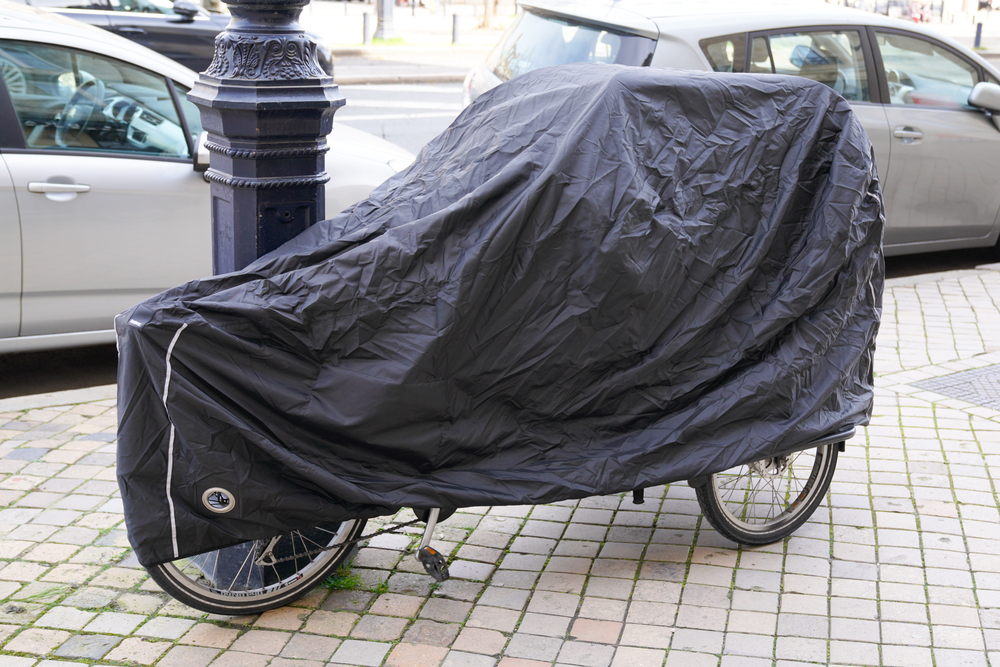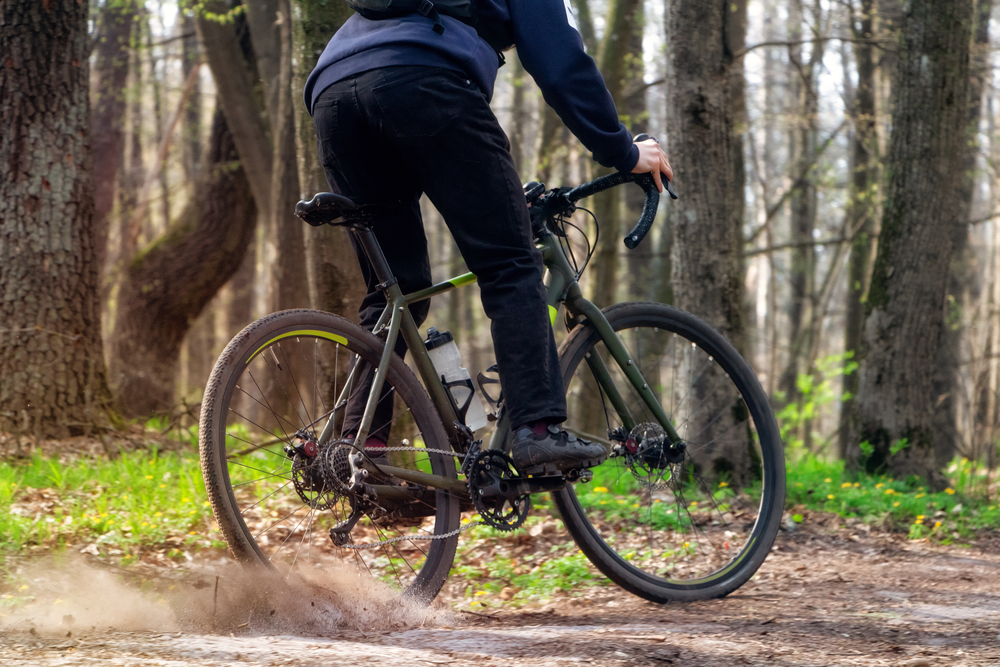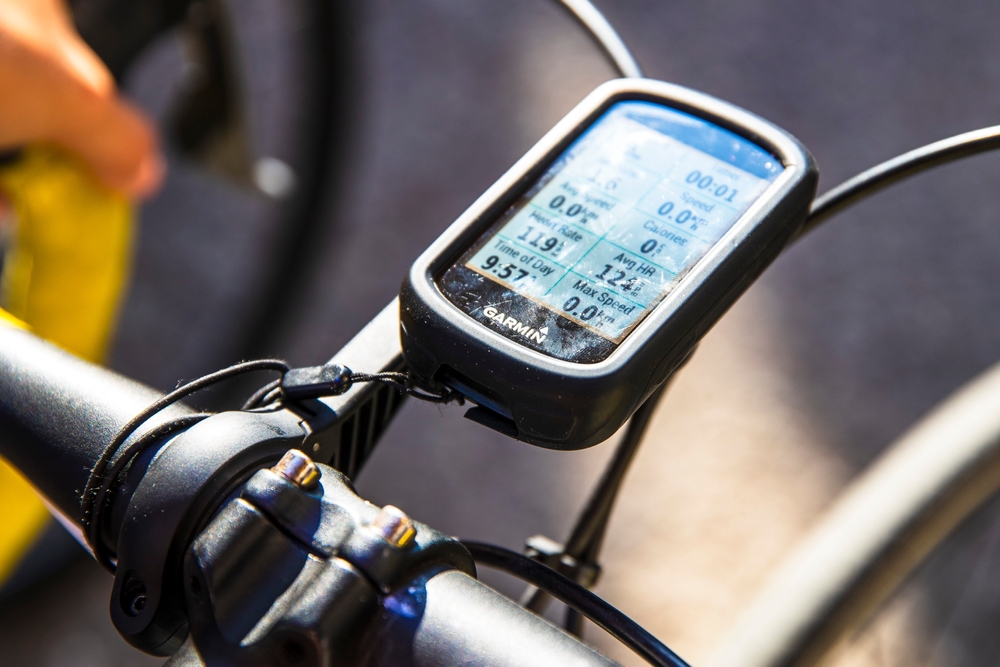Types of Bike Brakes
Types of Bike Brakes
Bicycle brakes are essential for rider safety. There are several types available, each with unique features and benefits. Understanding these differences helps in choosing the right brake system for your bike and riding style.
Rim Brakes
Rim brakes are a common type found on many bicycles. They operate by squeezing the wheel rims to create friction, slowing the bike down. There are two main types of rim brakes: caliper brakes and cantilever brakes.
Caliper Brakes
Caliper brakes are typically used on road bikes. They use a single mechanism to squeeze the pads against the rim. Dual-pivot caliper brakes provide extra stopping power by using two pivot points to increase leverage.
- Advantages: Lightweight and simple to maintain.
- Disadvantages: Less effective in wet or muddy conditions.
Cantilever Brakes
Cantilever brakes are popular on cyclocross and touring bikes. They have separate arms attached to the frame or fork, pulling pads against the rim. V-brakes, a type of cantilever brake, offer stronger braking power and easier maintenance.
- Advantages: Better performance in muddy conditions.
- Disadvantages: More setup and adjustment needed.
Disc Brakes
Disc brakes operate by squeezing a rotor attached to the wheel hub. They offer superior stopping power and performance under various conditions. There are two main types: mechanical (cable) disc brakes and hydraulic disc brakes.
Mechanical Disc Brakes
Mechanical disc brakes use a cable to transmit force from the lever to the caliper. This type is common on entry-level mountain bikes and some commuter bikes. They are easier to service compared to hydraulic systems.
- Advantages: Easy to maintain and less expensive.
- Disadvantages: Less modulation and power compared to hydraulic discs.
Hydraulic Disc Brakes
Hydraulic disc brakes use fluid to transfer force from the lever to the caliper. These brakes are known for their consistent and powerful stopping performance. They are the preferred choice for high-end mountain bikes and increasingly popular on road bikes.
- Advantages: Excellent modulation and consistent braking power.
- Disadvantages: More expensive and complex to service.
Coaster Brakes
Coaster brakes are a type of drum brake integrated into the rear hub. They are activated by pedaling backward. Commonly found on children’s bikes, beach cruisers, and utility bikes.
- Advantages: Simple design and low maintenance.
- Disadvantages: Limited stopping power and not suitable for high-speed riding.
Drum Brakes
Drum brakes are integrated into the wheel hub, much like coaster brakes, but use hand levers for activation. They are common on some utility and urban bikes.
- Advantages: Enclosed design, which protects from weather and dirt.
- Disadvantages: Heavier and more complex than other brake types.
Roller Brakes
Roller brakes are similar to drum brakes but use a roller mechanism. They are often found on city bikes. Some models come with additional cooling fins to manage heat dissipation.
- Advantages: Low maintenance and consistent performance.
- Disadvantages: Heavier and less powerful than disc brakes.
Understanding Brake Performance
The performance of bike brakes depends on several factors, including the type, design, and conditions of use. Rim brakes are lightweight and good for dry conditions, but lose efficiency in wet environments. Disc brakes provide reliable performance in all conditions but require more maintenance. Coaster and drum brakes are low maintenance but offer less stopping power.
Choosing the right brake system involves considering the type of riding you do. Road cyclists often prefer the lightweight and efficiency of rim brakes. Mountain bikers typically favor the power and modulation of disc brakes. Commuters might opt for the low maintenance of drum or roller brakes.
Maintenance Tips
Regular maintenance ensures your brakes perform optimally. Keep the brake pads and rotors clean to avoid contamination. For rim brakes, ensure the pads are properly aligned and have adequate thickness. For disc brakes, periodically check the brake fluid levels and watch for worn-out pads.
Keep an eye on the brake cables for wear and tear, replacing them if they become frayed. For hydraulic systems, watch for any signs of leaks and check the pressure regularly.
Final Considerations
Investing in quality brake components can significantly enhance your riding safety and experience. It’s essential to match your brake system to your cycling needs and regularly maintain them for the best performance. Whether you prioritize stopping power, maintenance ease, or weight savings, there’s a brake system designed to meet those needs.






